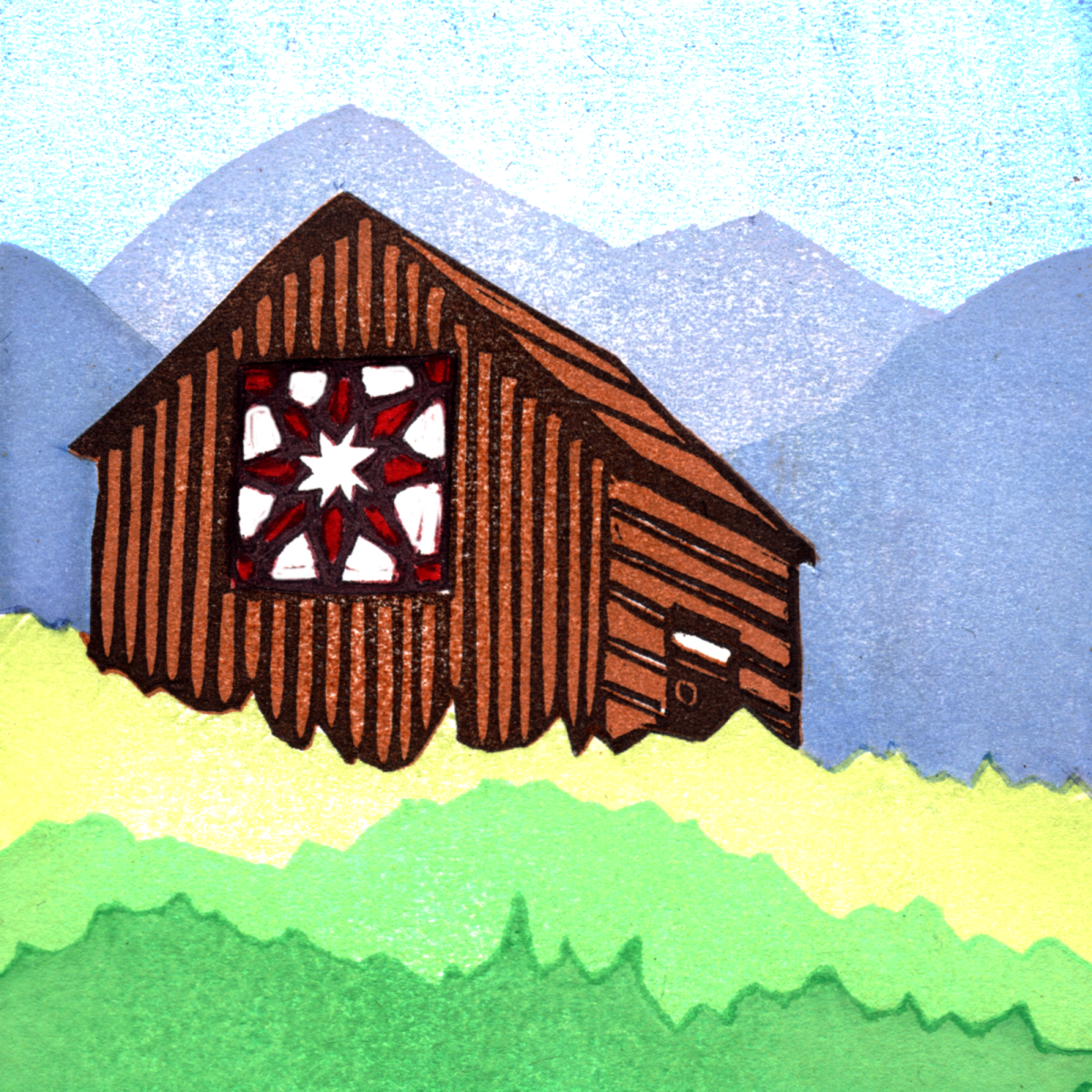One of the first things you ask someone when first meeting them is, “Where are you from?” The answer to this question can tell you a lot about a person and can sometimes bring certain connotations along with it. When the answer to this question is “western North Carolina,” it can definitely bring along a certain stereotype: the “hillbilly.”
This term brings many ideas and images to mind. When the word “hillbilly” is used, it is often used to belittle or degrade someone. “Hillbilly” often conjures the image of someone who is uneducated, poor and has a backward outlook on the world. This stems from being located in the mountains or backwoods and the lack of societal ties that lead to less educational opportunities and the slower acquisition of modern technology.
Like many things, the Appalachian cultural stereotypes have two sides. There is one that consists of a group of people who are always drunk on moonshine, have way too many kids, are missing teeth and live in a shelter way out in the backcountry. Then there is the more positive side; people who work the land way up in the mountains, who play the banjo and dulcimer and find joy in the simplicities of life.
This label of “hillbilly” is the product of a conglomerate of different cultures going back to the founding of North Carolina and the Appalachian mountains as a colony. Scottish, German and Scandinavian European cultures and the slaves they brought with them were all a part of the founding people of Appalachia. When this mix of cultures combined with the established Cherokee culture, it led to a unique emerging culture that is present today.
The Appalachian culture that exists outside of the stereotype of “hillbilly” is complicated, as are most cultures. The list of factors considered when trying to define culture is difficult, and Appalachian culture is no exception. But when examining some examples of culture like art, music and dialect, Appalachia is no different.
Art in the backcountry came from traditionally functional items that were turned into more of an art form. Things like woodworking and quilting came from the necessary skills of homesteading, as did pottery and weaving. As these things progressed into art rather than necessities, the influence of other cultures can clearly be seen such as that of the Cherokee.
Music, a core pillar of Appalachian culture, is quite unique. Just like other art, it was heavily influenced by other cultures from around the world but then emerged into something truly distinctive. The genre of music specific to Appalachia consists of the melding of hymns and ballads with fiddles, dulcimers, mandolins, banjos and strong harmonies to accompany it. This genre is now known as bluegrass or, more traditionally, old-time music that has influenced much of the music we have today.
One of the most identifying aspects of Appalachian culture is the dialect or accent that many connect with the mountains. The accent relies closely on the common Southern dialect but due to the isolation of the mountains it also has heavy notes of Scottish lowland accents. There are many words that are considered Appalachian but originate from Scottish words, such as britches, yonder and holler. This identifying trademark of language has greatly influenced the concept of “hillbillies.”
Mountain culture is more than what is portrayed in mainstream media. Due to the hard-to-navigate and remote location of the mountains, a distinct culture emerged that is more than “hillbilly.” It is one of rich and meaningful historical art, music and a dialect that still has important value today.



Jeff • Oct 27, 2024 at 2:49 pm
The book, Our Southern Highlanders by Horace Kepart, was also pivotal in romanticizing the version of the backwards mountain man. I would advise it as a great read. Anyone interested in southern Appalachian history.